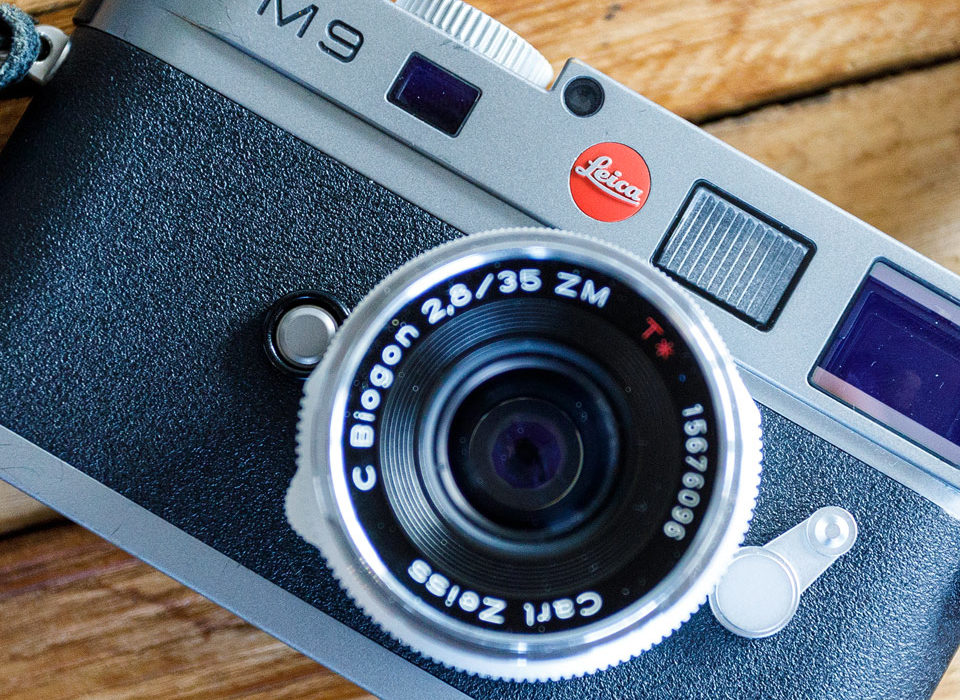Leica M9 – the journey
It took almost 10 years of photography to find my soulmate – the Leica M9 (built in 2009).
Wait – what? Quite old, isnt it? As a long time Canon enthusiast, I was used to fast autofocus, ridiculous fast prime lenses (F1,2) and pretty good high ISO performance. When I bought Canons stellar 85mm F1,2 II and 50mm 1,2, I thought that nothing could beat it. The good news for DSLR-Shooters: I still use my Canons – at weddings, quick portrait sessions and sometimes at beauty- or fashionshootings where I am very happy with the results. With the lack of autofocus I would clearly miss some great shots.
Now, the main question is: How and where can the 2009 made Leica M9 outperform the latest Cameras with it’s finest lenses?
We will find out at least.
Leica M9 seems far from beeing a special camera, when you only look at the stats. It has
- no autofocus
- no videos, no live-view
- „only“ 18 Megapixels
- you have to manually set the aperture at the lenses (program-modes are for loosers, baby)
- ISO is good until 1000 and only acceptable to 1250 (what? I cant shoot at night in a dark room, with just a match as main light?)
- when using older lenses, or third party lenses, you have to manually select their profile whenever you switch from one lens to another, or sometimes deal with some ugly quirks (such as magenta and green edges with wider lenses – called „italian flag“).
- The Sensor is a CCD, not CMOS.
- New lenses are unbelievable expensive, old lenses are old and still expensive – at least those with the Leica brand on it.
- The Camera is still pretty expensive
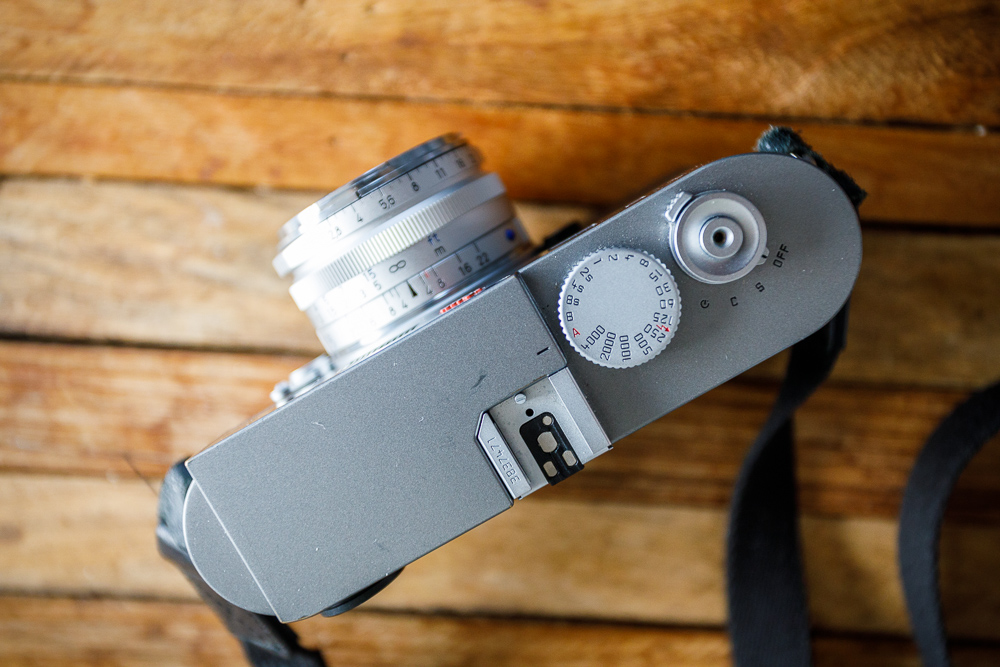
Quite simple. Set aperture on the lens and shutterspeed on the camera.
Doesn’t sound like a camera to spend a big amount of your money on, right? The current Leica is the M10, which costs around 7000 Euro. Usually you can get the M9 around 1800,- but mine was way cheaper, (Black friday deal) so I am a lucky boy.
There are arguments that every leica user comes up with:
- The lenses are LEGENDARY!
- It’s lightweight and small but still fullframe
- the purest photography – and minimalism at it’s finest. Only a few buttons, but all you’ll ever need.
- beautiful and classic looking rangefinder camera
- CCD Sensor is actually better with skin tones and colours
From my experience after using the M9 for a almost three years – also on trips to thailand, Croatia and hiking in austria – I have to say that these arguments are true.
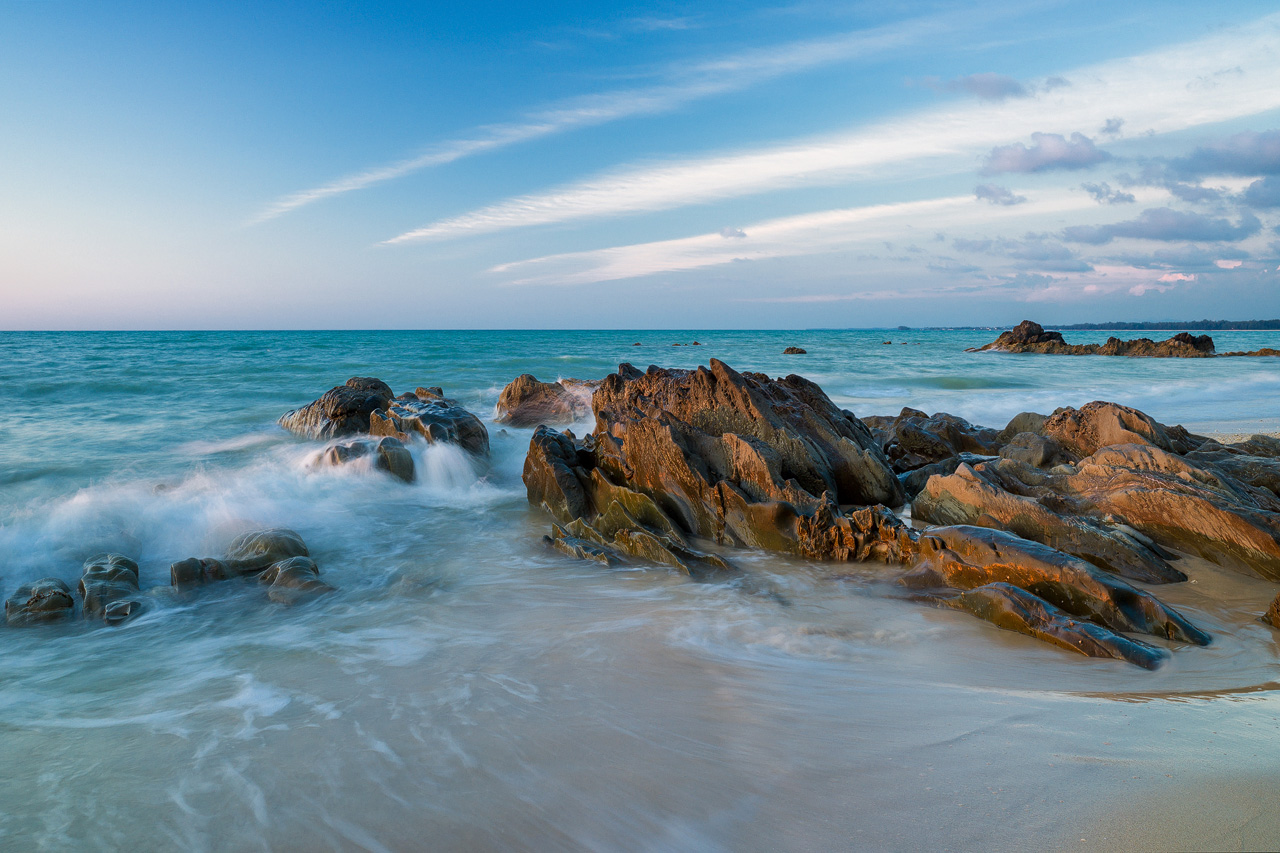
Shot in Thailand, with the Zeiss 25mm Biogon
Lets start with the lenses: They are truly legendary. Very small, very sharp wide open, loads of micro contrast and built for a lifetime. Leica creates a more realistic and natural look than any other camera. Even old lenses from the 50ties are optically very good and add a classic rendering to your pictures. If a Leica user says a lens is rubbish, it still might be better or at least equeal to most other modern lenses. I didn’t believe it, until I tried.
When travelling, hiking or even for small portrait-sessions, I used to carry around a backpack with 3 lenses, tripod, batteries and filters – a total weight up to 6 kilos (13 pounds). At my trip to Amsterdam my back hurt every evening.
The Leica gear is very small, even my biggest Leica Mount lens (which is the „huge“ Zeiss 35 mm 1.4) is smaller than any Canon lens I own – maybe except the Canon pancake. I now have a very small bag, containing 3-4 lenses, camera, SD-Cards, filters and batteries – altogether a little more than 2 kilos (4-5 pounds). For the first time since ages, I was able to carry some hand luggage – thats marvellous!
I shoot less and different, but somehow it looks better. Colours are perfect straight out of camera, so I spend less time in front of the screen. What confused me the most: when shooting wide open, I nail 99% of the shots with the M9 while my Canon 6D – which is quite good at autofocus – paired with the 50 F1,2 is around 95%, sometimes worse.
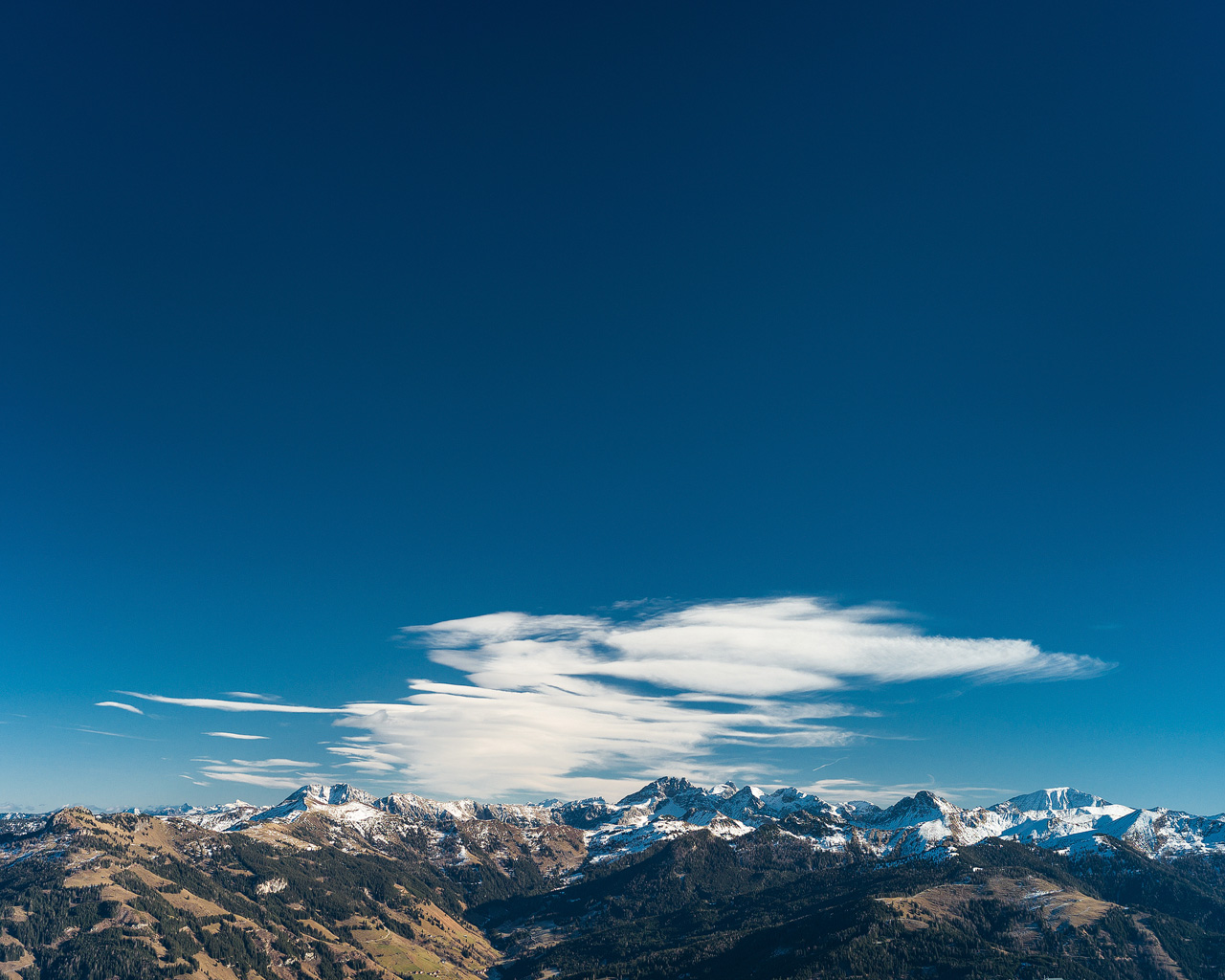
Good for hiking: The Leica M9 and the Zeiss Biogon C 35mm. Perfekt sharpness and compact size.
Conclusion:
The M9 outperforms almost every new DSLR- or Mirrorless-Camera with some exeptions:
- Sports (or any fast moving objects) – this might be pretty challenging without fast AF, and with a rather moderate high ISO performance.
- Weddings – there are wedding photographers out there who shoot exclusively with Leica M’s, and they do a great job, but it doesn’t suite my style.
- Polarizers are difficult to use, because you don’t see what you are polarizing – the leica filter is expensive. They still can be used, with some hacks.
- long tele lenses – the Leica M is a rangefinder, long tele lenses are unusual and difficult to use. We are talking about more than 90 mm.
- no tilt-shift lenses. If you have to use one – use another camera. Unless you have liveview, you don’t see what you are tilting and shifting.
The M9 shines:
- Portraits – natural skin tones out of camera and a very realistic look. Only a small part of your face as a photographer is covered, which is mostly appreciated by your subject.
- Street – the Leica M is THE camera for shooting street. Get a 35mm lens, set to F8 and Focus at 1m and shoot. It’s that simple.
- Landscape & Travel – loads of micro contrast adding details and those terrific sharp Leica, Zeiss or Voigtländer lenses combined with a ridiculous small bag – I can’t wait to get out hiking.
- Architecture – if you don’t need tilt-shift lenses
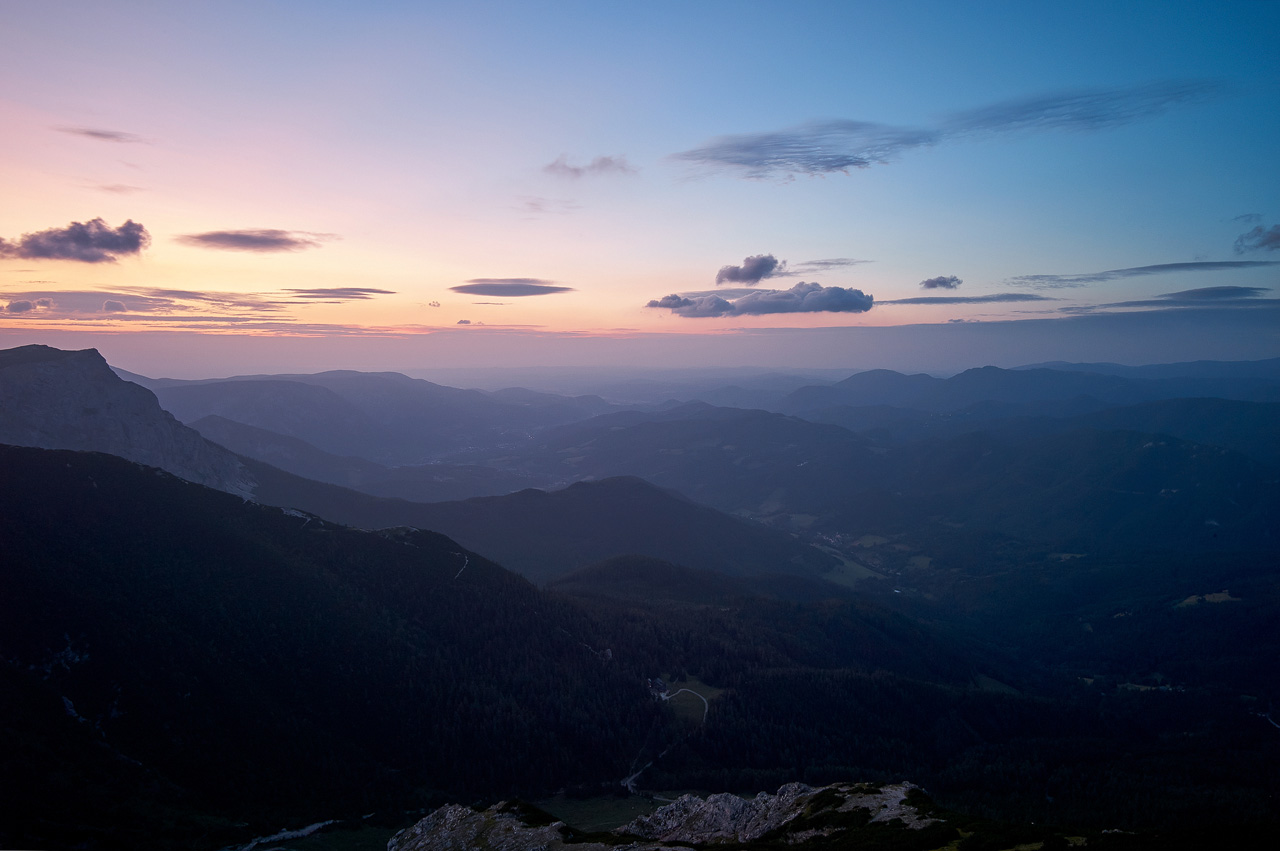
CCD Sensor at its best. The M9 delievers smooth and natural colours. Shot with the Summicron 50mm

